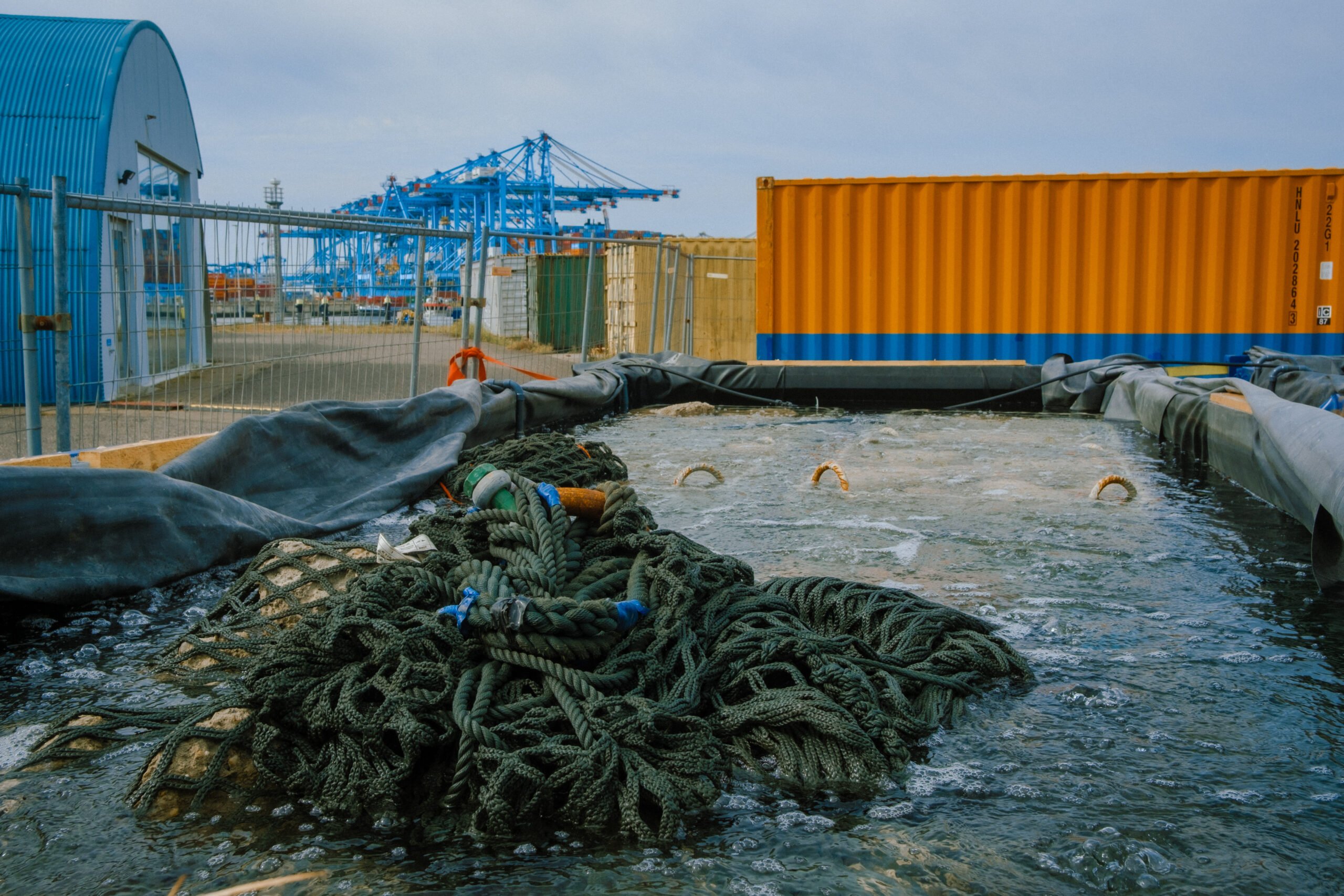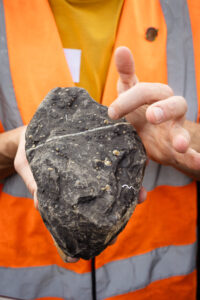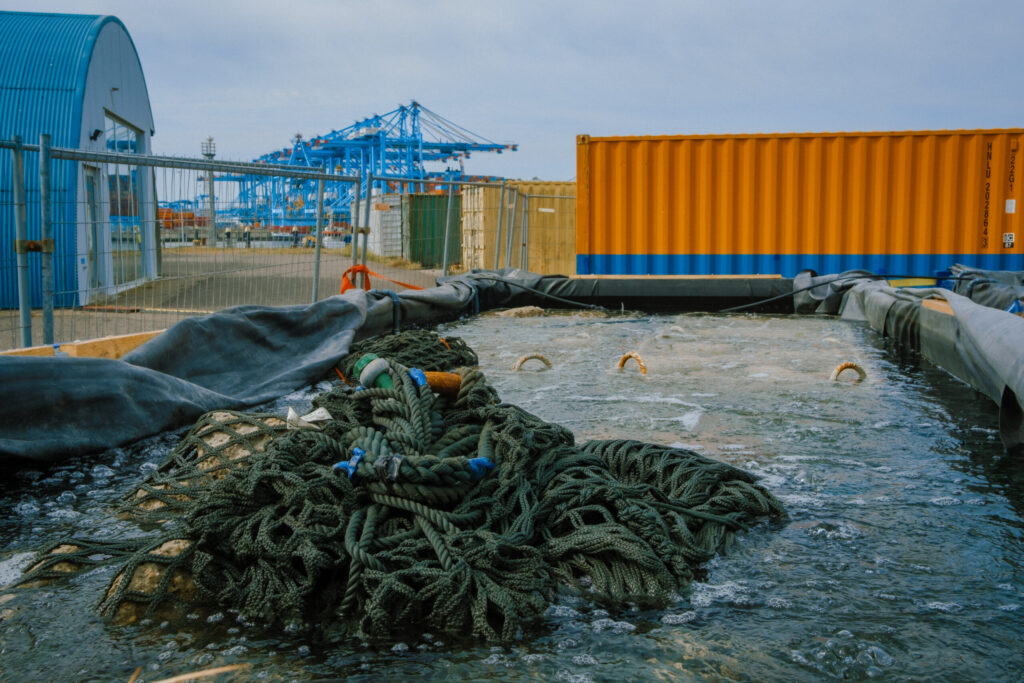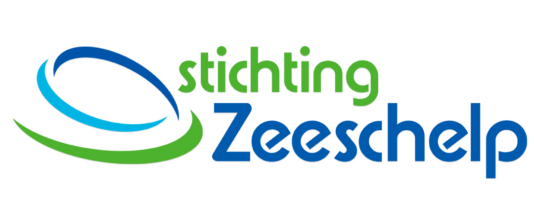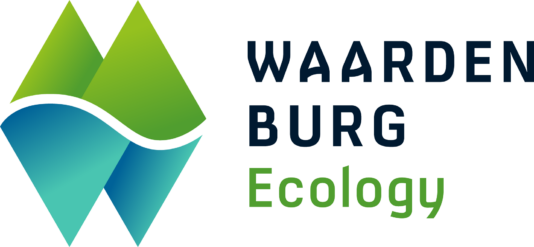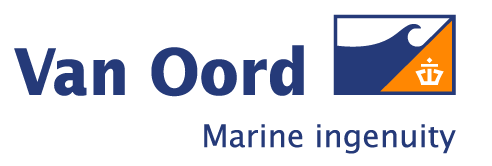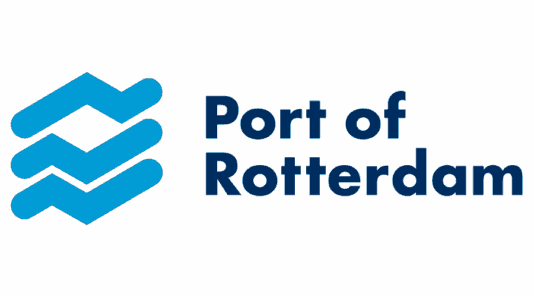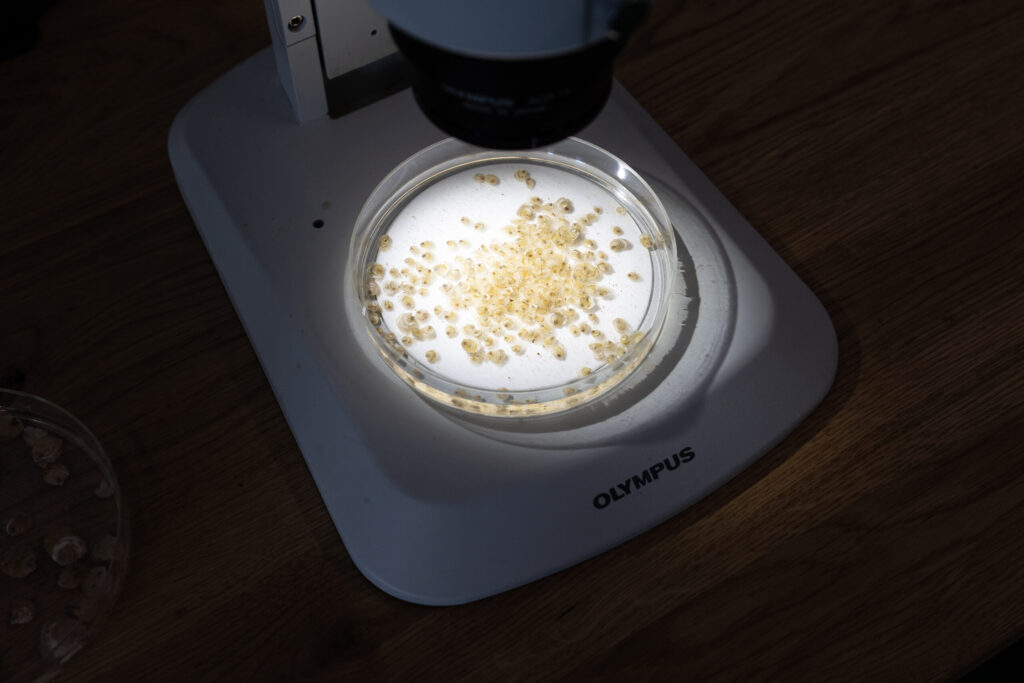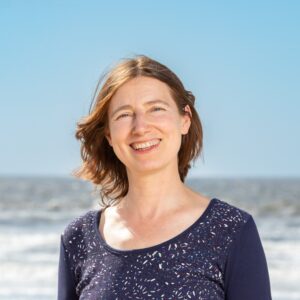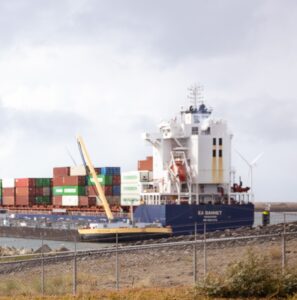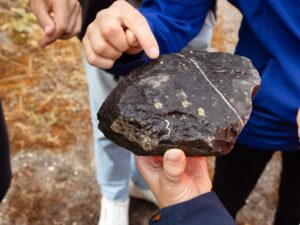“With this method, we don’t need to harvest mature oysters from the wild. We work with larvae that attach themselves to stones, allowing us to release large numbers in a short period of time. This makes transport much easier and offers the opportunity to restore oyster reefs on a large scale.”
Pauline Kamermans, Wageningen University & Research
This project is a unique collaboration between nine partners, each contributing their expertise: Wageningen Marine Research, Wageningen University, ARK Rewilding Netherlands, Stichting Zeeschelp, Waardenburg Ecology, Van Oord’s Ocean Health initiative, TenneT, Port of Rotterdam Authority, and The Rich North Sea. For three years, this consortium of companies, knowledge institutions, and nature organizations will work together to further develop the remote setting method.
